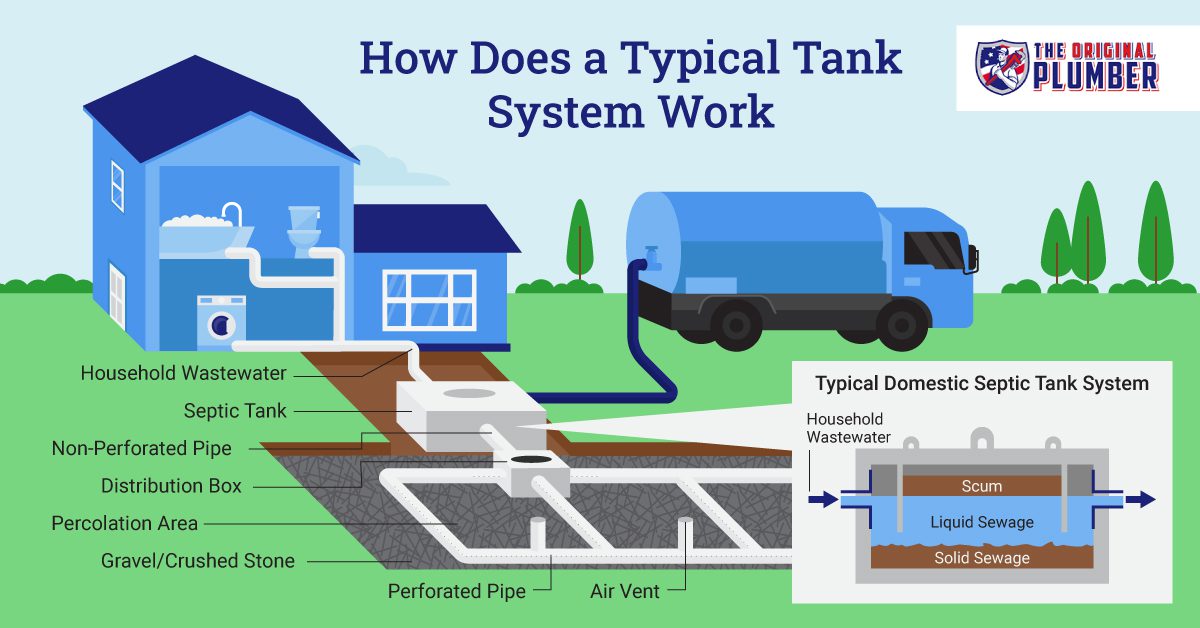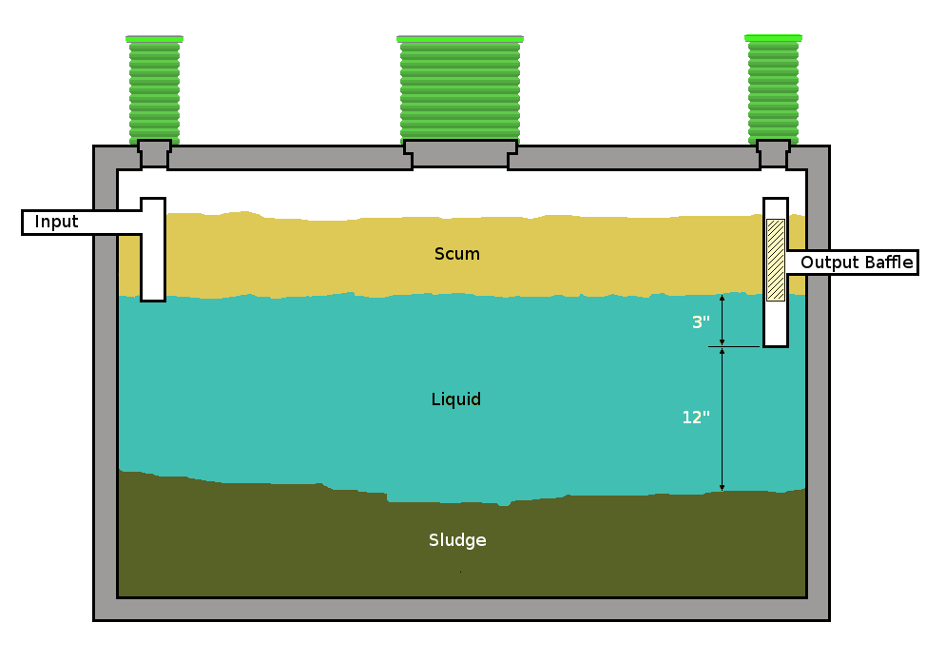Trusted Septic Service Companies: Your Local Experts in Waste Management
Wiki Article
Septic System Providers Unraveled: From Installation to Maintenance-- Your Complete Overview
Are you having a hard time to recognize the ins and outs of sewage-disposal tank services? Look no more-- this full guide will certainly unravel whatever for you. From installment to maintenance, we'll stroll you through the process step by step. Discover the necessary equipment required for proper upkeep and the indications of possible troubles to look out for. Plus, we'll also share some helpful DIY suggestions to keep your septic storage tank running smoothly. Prepare to end up being a septic system expert!Septic System Setup Process
When mounting a septic tank, you will certainly need to meticulously excavate a hole in the ground. Utilize a backhoe or an excavator to dig a hole that is wide and deep sufficient to fit the size of your septic storage tank.

After the base is prepared, carefully lower the septic storage tank into the opening utilizing a crane or various other training equipment. Make sure to position the storage tank appropriately according to the design strategies and regional guidelines. As soon as the storage tank remains in location, backfill the hole with dirt, ensuring to compact it in layers to prevent settling.
Lastly, attach the inlet and outlet pipes to the septic tank, ensuring proper alignment and tight seals. It is necessary to adhere to local plumbing codes and laws when connecting the pipelines. septic service.
Important Equipment for Septic System Upkeep
To correctly preserve your septic system, you will certainly need a variety of crucial devices for effective and reliable wastewater management. Among the most essential tools is a sewage-disposal tank pump. This device is used to eliminate the accumulated sludge and scum from the storage tank. Regular pumping is required to avoid the buildup of solids, which can lead and cause blockages to costly repair services. One more essential device is a sewage-disposal tank examination cam. This tiny camera is inserted right into the tank via a gain access to port and permits you to aesthetically examine the problem of the tank and its parts. It can aid identify any kind of cracks, leaks, or other issues that might call for interest. A sewage-disposal tank alarm is likewise a vital item of devices. This alarm is mounted in the container and signals you when the fluid level rises above the regular range. It can assist you spot possible problems such as a blocked drainpipe area or a malfunctioning pump. A septic container treatment product can be utilized to maintain the health and wellness of the microorganisms in the storage tank. These products present valuable bacteria and enzymes right into the system, assisting to break down waste and protect against odor and clogs. By having these important devices, you can make certain the proper upkeep of your septic system and lengthen its lifespan.Regular Septic System Pumping Arrange
To keep the health and effectiveness of your sewage-disposal tank, it is essential to develop a normal pumping routine. Routine pumping assists avoid the buildup of strong waste and ensures the correct performance of your septic system. The frequency at which you need to pump your septic system depends upon numerous variables, consisting of the dimension of your storage tank, the number of individuals in your home, and your water use.As a basic standard, it is recommended to have your sewage-disposal tank pumped see this site every 3 to her comment is here 5 years. Nevertheless, it is important to check your container's condition on a regular basis and change the pumping schedule accordingly. If you see any type of indications of a complete storage tank, such as slow drains pipes, odors, or sewage backups, it is necessary to have your storage tank pumped immediately.
Along with regular pumping, appropriate upkeep and care are necessary to prolong the life expectancy of your septic tank. Avoid flushing non-biodegradable things, such as diapers, paper towels, or grease, away. These can obstruct your system and result in expensive fixings.
Signs of Septic Storage Tank Troubles to Look Out For

Do It Yourself Tips for Septic Container Maintenance
Take proactive actions to maintain your sewage-disposal tank by regularly pumping it. This is an essential DIY tip that guarantees the correct functioning of your septic tank. Routine pumping assists get rid of built up solids and prevents them from obstructing the pipelines or damaging the storage tank. The frequency of pumping depends on the dimension of your storage tank and the number of people in your family. As a basic rule, it is recommended to pump your septic system every 3 to 5 years. Nevertheless, if you have a smaller storage tank or a larger family members, more regular pumping might be necessary. An additional essential do it yourself idea for septic tank maintenance is to be mindful of what decreases your drains. Stay clear of disposing of grease, oil, chemicals, and non-biodegradable products into your septic tank. These compounds can interrupt the natural organic procedure that damages click here for info down waste in the container. Additionally, preserve water to prevent overloading the system. Deal with any type of leakages or drips quickly and think about installing low-flow components. By complying with these simple DIY tips, you can extend the life expectancy of your septic tank and avoid pricey repair services in the future.

Final Thought
To conclude, preserving your sewage-disposal tank is vital to prevent troubles and guarantee its appropriate performance. Regular pumping, keeping an eye out for indicators of problems, and complying with DIY suggestions can assist you maintain your septic storage tank in excellent condition. By understanding the installment process and having the necessary tools, you can guarantee that your septic system serves you well for many years to come. Bear in mind, correct upkeep is vital to avoid expensive repairs and keep your septic storage tank running smoothly.A septic tank therapy item can be utilized to maintain the health of the microorganisms in the container.To preserve the health and performance of your septic container, it is crucial to develop a routine pumping schedule. The regularity at which you must pump your septic storage tank depends on various variables, consisting of the size of your container, the number of people in your household, and your water use.
If you observe any indicators of a full tank, such as slow-moving drains, smells, or sewage backups, it is vital to have your storage tank pumped instantly. - septic service
Regular pumping, enjoying out for indications of concerns, and complying with DIY tips can help you maintain your septic tank in good condition.
Report this wiki page